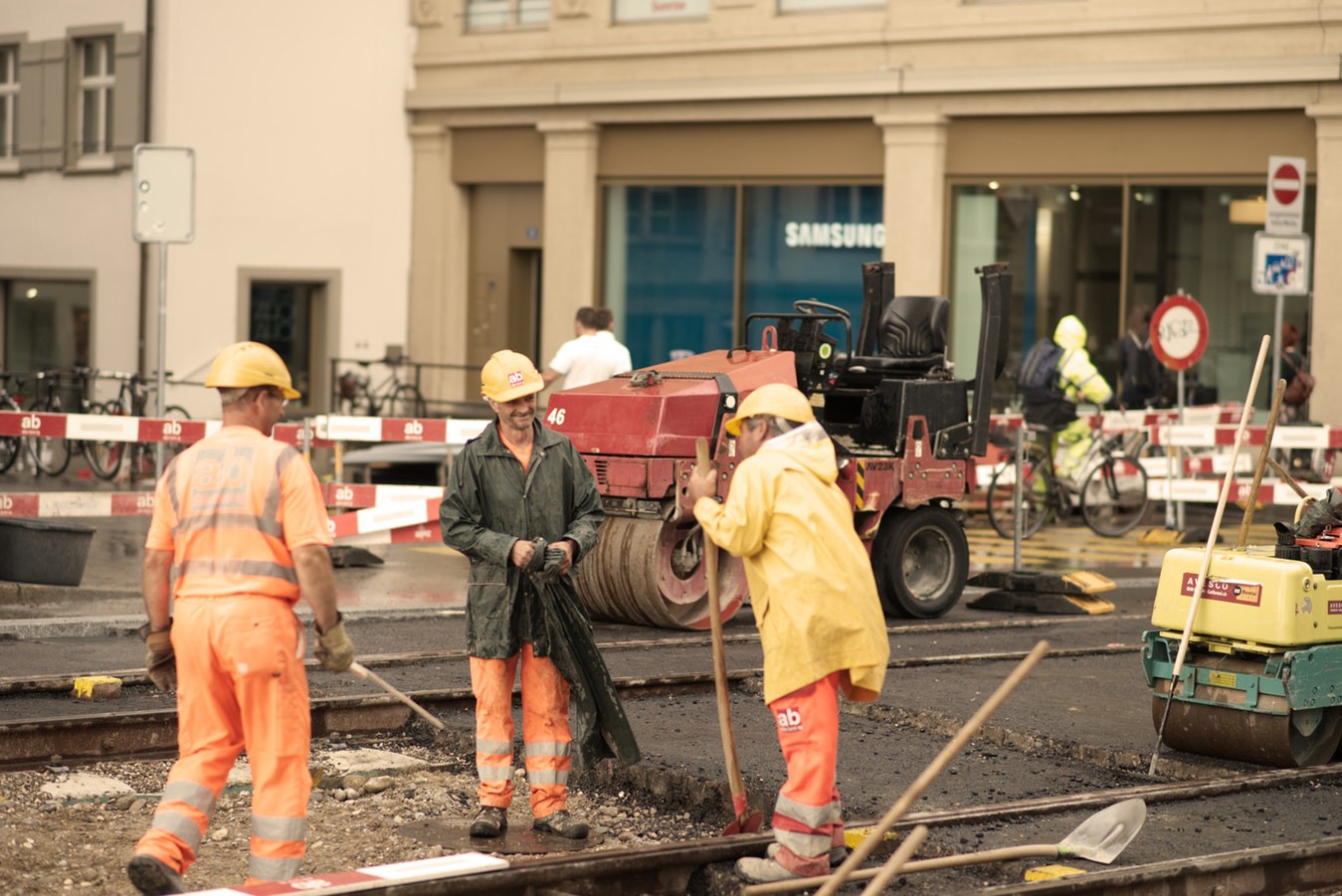
Photo by Karsten Würth on Unsplash
When we need to get from point A to point B, we usually choose from several roads. And let any of them somehow lead us to the destination point, most likely we will get different impressions from this trip.
Similarly, when we need to get any online service, we choose from several products, and we go for the one that promises us the most comfortable way and the best result.
Therefore, if you want to provide your user with the level of comfort of a high-end highway, you need to handle your product design as highway engineering, rather than building a country road.

Photo by Jens Herrndorff on Unsplash
And in this case, you get a track where the journey turns into one of the most enjoyable parts of the trip because right here user achieves his goals in a quick, convenient and safe way.
When designing an upscale road, several essential steps need to be taken; otherwise, you will not be allowed to open this road for drivers, even if on your mind everything is done perfectly.
When creating a product, a team of smart people works day and night for results, and it seems that no one but them can know better how this product should work and what solutions should be implemented.
But imagine if, during the highway engineering, we asked the builders themselves to check the quality of their work. And we do not need anything but their approval to open the track and meet our first drivers.
Sounds weird, right? Exactly!
That’s why we need to get an independent evaluation.

Photo by David Noe on Unsplash
Without official expert approval actually, no one can start using the track.
This is not only a matter of comfort because the expert’s task is to make sure that the user can easily reach his goal in the best possible conditions.
The level of the highway quality is determined by a variety of factors — its length and traffic pattern, the quality of the road surface, the availability of convenient turns and navigation, the level of illumination and the ability to withstand heavy traffic.
Does it remind you of anything?
Usability experts study the online product for its compliance with international usability standards and the most successful practices of using such kind of products.
Of course, we can immediately invite users to test our new product so that they can identify in practice the most dangerous places and the most imperfect points of navigation.
But I’m afraid it will take a mournful turn, and it’s unlikely that users will be able to reach their final destination to tell how much they liked the trip.
Most likely, they will get injured in the process, and they will just never use it again.
Moreover, these people would not advise anyone to use this product.
Instead, spend some time and effort on expert review, and it will greatly help you protect users from obvious problems that will not allow them to perform their tasks even partially.
Otherwise, it’s like climbing the referees’ tower and philosophically watching like users leave the track one by one because of an incorrectly installed sign.

Photo by Yeshi Kangrang on Unsplash
There are no two opinions that only real users are able to give a feedback about all the small details of the road you built.
But do not force them to point out the problems that can be eliminated beforehand with the help of experts, making the user experience much more enjoyable, and the feedback more informative.
And then people will choose exactly your highway when traveling the next time.
Besides, if you see certain problems when real users use the track, it makes sense to ask for the expert advice again, but this time not only to identify the problem, but also to interpret the results and develop an optimal solution to this problem.
And finally, at least once a year you should test your product with experts, analyze the received feedback and apply changes that will make the user’s journey even better.

Photo by Wiebrig Krakau on Unsplash
